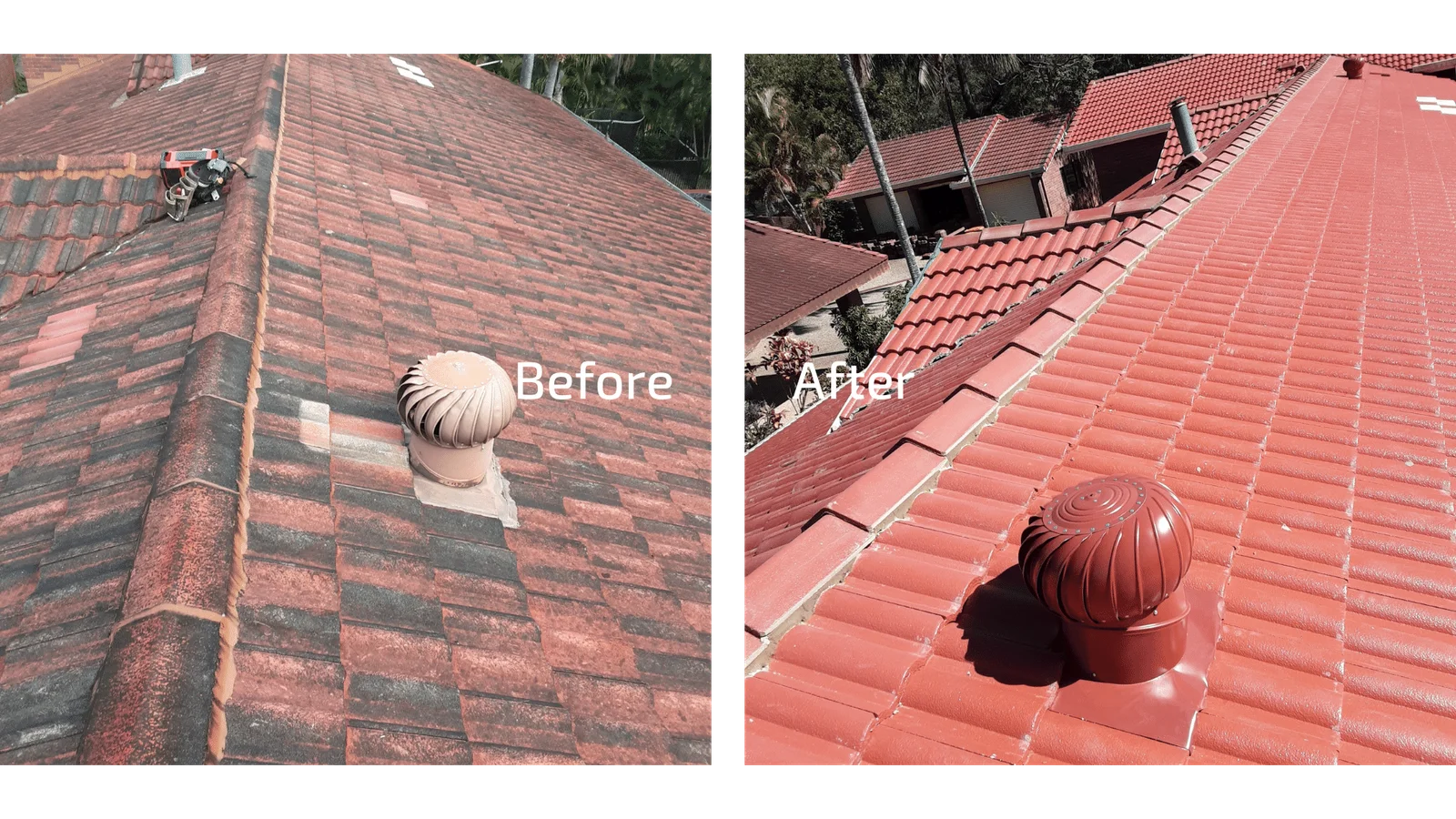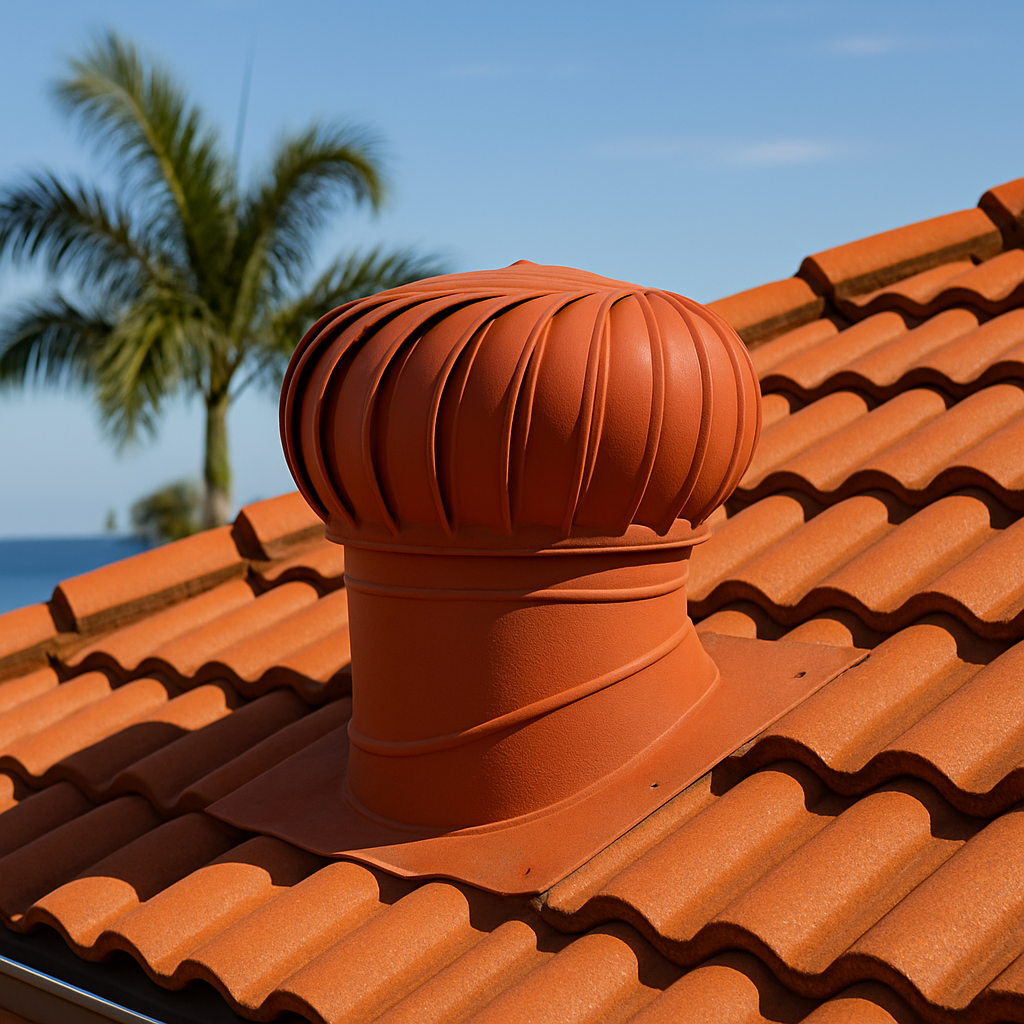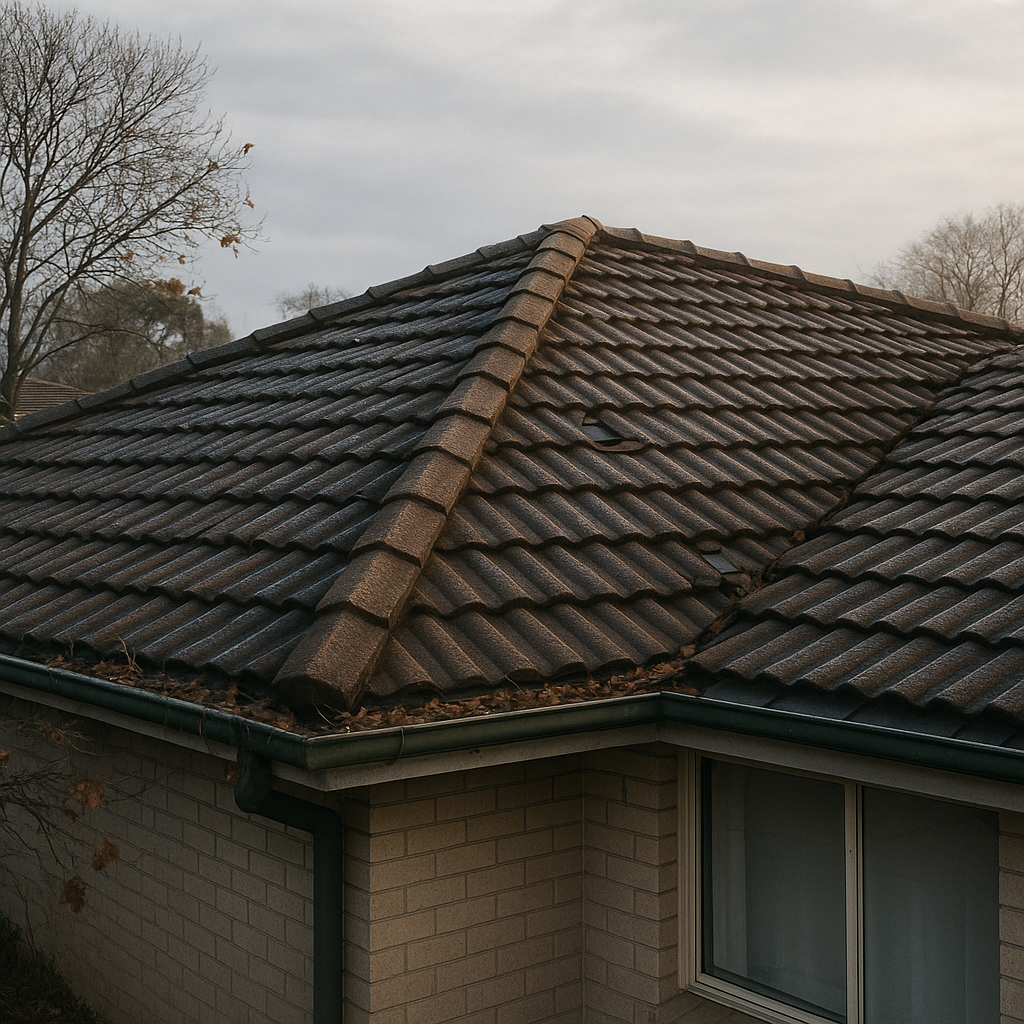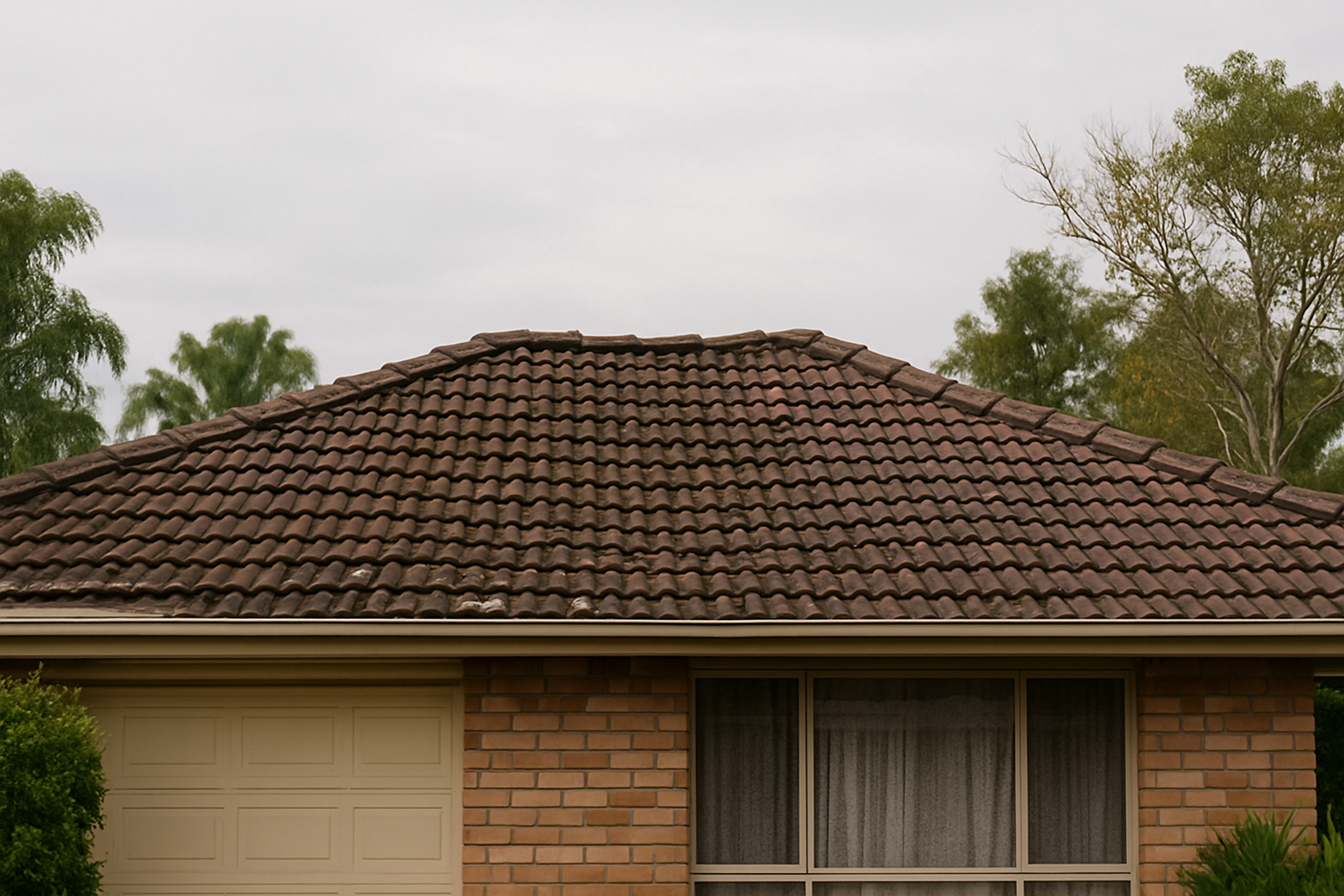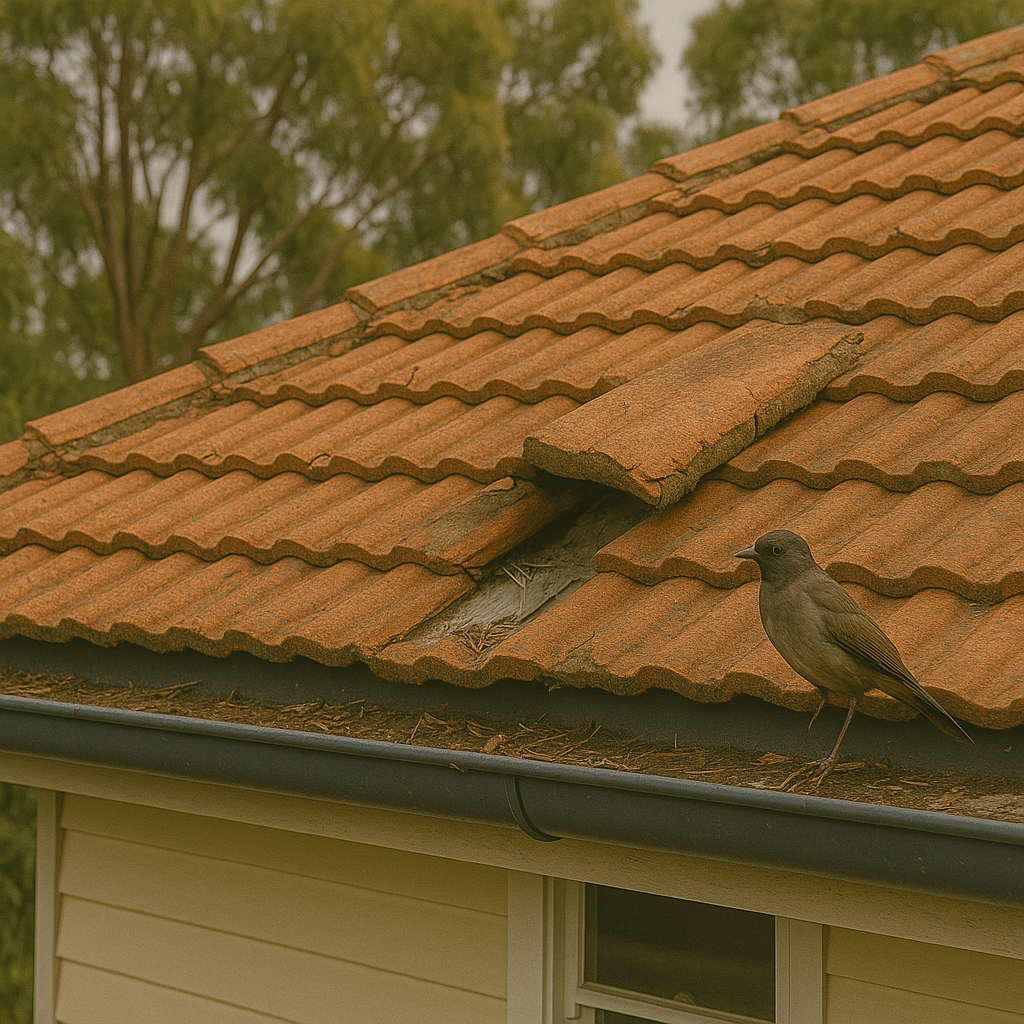The pitch of your roof—essentially its slope—does more than just define your home’s silhouette. It plays a critical role in how well your roof sheds water, withstands wind, and maintains its durability over time. In Queensland, where tropical storms, heavy rainfall, and high winds are common, choosing the right roof pitch for your tiled roof is essential for both performance and longevity.
At Storm Call Roofing Projects, we’ve worked with a variety of roof pitches and have seen firsthand how slope impacts the durability and weather resistance of tiled roofs. In this blog, we’ll explore how roof pitch affects drainage, wind resistance, and the overall lifespan of your tiled roof.
What Is Roof Pitch and Why Does It Matter?
Roof pitch refers to the angle or steepness of your roof. It’s typically expressed as a ratio of vertical rise to horizontal run (for example, a 6:12 pitch means 6 inches of rise for every 12 inches of run). The steeper the pitch, the better it can shed water and resist wind uplift, making it a crucial factor in roof design—especially in storm-prone areas like Queensland.
Choosing the right pitch isn’t just about aesthetics; it directly affects how well your tiled roof performs under different weather conditions and how long it will last.
How Roof Pitch Affects Water Drainage
One of the primary functions of a roof pitch is to facilitate effective water drainage. A roof that holds water for extended periods is more prone to leaks, moss growth, and tile degradation.
Steep pitches (greater than 18 degrees):
- Efficiently shed water, reducing the risk of water pooling or leaks.
- Prevent moss, algae, and debris build-up, which can cause tiles to crack or shift.
- Minimise the chance of water seeping between tiles, protecting the underlayment and structure.
Low pitches (less than 18 degrees):
- Have a slower drainage rate, increasing the risk of water pooling.
- Require additional waterproofing measures, such as sarking or underlayment, to prevent leaks.
- Are more prone to moss and algae growth due to moisture retention.
For Queensland’s tropical storms and heavy rainfall, a steeper roof pitch is generally better for keeping your roof dry and preventing leaks.
Wind Resistance: How Pitch Affects Roof Stability
Queensland’s high winds and cyclonic conditions can put immense pressure on your roof. The pitch of your roof influences how well it handles wind uplift and lateral pressure.
Steep pitches:
- Help deflect wind, reducing the risk of wind uplift that can lift tiles or ridge capping.
- Create less wind resistance, allowing wind to flow over the roof smoothly.
Low pitches:
- Act like a sail, catching wind more easily and increasing uplift pressure.
- Are more vulnerable to wind-driven rain, which can penetrate between tiles and cause leaks.
If you live in a high-wind area or near the coast, opting for a steeper pitch can help prevent wind-related damage and tile displacement.
Impact on Tile Durability and Lifespan
The pitch of your roof also influences how long your roof tiles last. Tiles on a steep roof are less likely to experience water damage, moss growth, and thermal stress, which can shorten their lifespan.
Steep pitches:
- Minimise water pooling and debris build-up, reducing stress on tiles.
- Enhance thermal performance by allowing hot air to rise and escape, preventing heat build-up that can cause tiles to crack.
Low pitches:
- Retain more moisture, increasing the risk of tile deterioration and leaks.
- Require more frequent cleaning and maintenance to prevent moss and algae damage.
Choosing the right pitch can extend the lifespan of your roof tiles and reduce long-term maintenance costs.
Pitch Recommendations for Tiled Roofs in Queensland
For tiled roofs in Queensland’s climate, a pitch between 18 and 30 degrees is generally recommended to balance water drainage and wind resistance effectively. However, the ideal pitch may vary based on factors like:
- Local council regulations – Some areas have specific pitch requirements to meet wind and water resistance standards.
- Roofing material – Concrete tiles, for example, perform well on both moderate and steep pitches, while low pitches require additional waterproofing.
- Property location – Coastal and high-wind areas benefit from steeper pitches to counteract wind uplift and driven rain.
Can You Change the Pitch of Your Roof?
While it’s possible to alter the pitch of an existing roof, it’s a major renovation that involves rebuilding the roof frame, installing new tiles, and potentially changing the guttering and drainage system.
Changing the pitch can significantly improve your roof’s weather resistance, drainage, and lifespan but is typically recommended if you’re already planning extensive renovations or a full roof replacement.
Key Considerations for Choosing the Right Roof Pitch
- Climate: A steeper pitch is better suited for heavy rainfall and strong winds, making it ideal for Queensland’s conditions.
- Maintenance: Low-pitched roofs require more regular maintenance to prevent moss and debris build-up.
- Energy Efficiency: Steeper roofs offer better ventilation, reducing heat build-up and improving energy efficiency.
Consulting with a professional roofing contractor can help you determine the optimal pitch for your tiled roof based on your location, budget, and design preferences.
The Bottom Line: Why Pitch Matters
The pitch of your roof is more than just an architectural choice—it’s a key factor in how well your roof handles rain, wind, and long-term wear. For homeowners in Queensland, a well-chosen roof pitch can mean the difference between a durable, leak-free roof and one that requires frequent repairs.
At Storm Call Roofing Projects, we specialise in designing, installing, and maintaining tiled roofs that can withstand Queensland’s harsh climate. Whether you’re building a new home or considering a roof upgrade, our team can help you choose the right pitch and materials to maximise performance and lifespan.
Need Advice on Roof Pitch for Your Tiled Roof?
Contact Storm Call Roofing Projects today for expert advice on choosing the right roof pitch and ensuring your tiled roof is built to last. We’ll help you navigate local regulations, recommend the best materials, and ensure your roof can handle everything Queensland’s weather throws at it.

